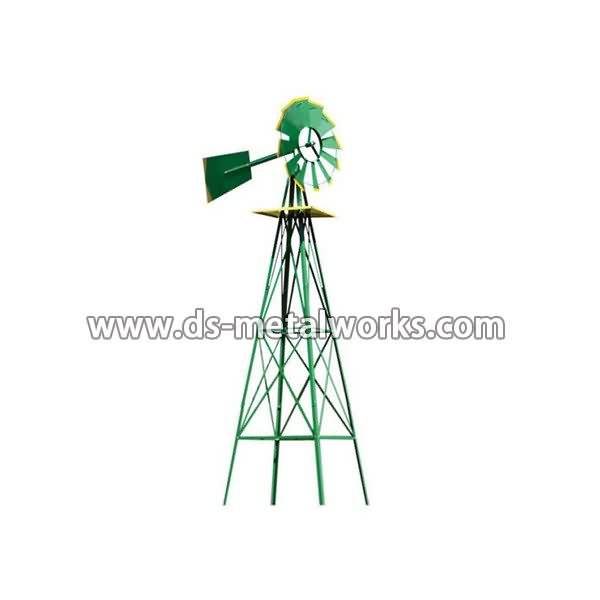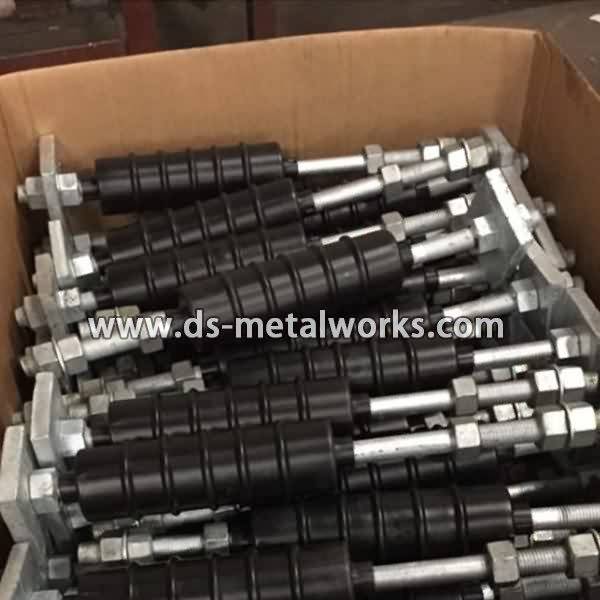10 Years Manufacturer Nylon Tip Socket Set Screws for India Factories
Short Description:
Nylon Tip Socket Set Screws Metric Size: M1.4-M52, Inch Size: 0# – 2″ Various Drive and Point Types Various Surface Finishes Other Material Grades are available Please feel free to contact us for more details
Product Detail
Product Tags
10 Years Manufacturer Nylon Tip Socket Set Screws for India Factories Detail:
Nylon Tip Socket Set Screws
Metric Size: M1.4-M52, Inch Size: 0# – 2″
Various Drive and Point Types
Various Surface Finishes
Other Material Grades are available
Please feel free to contact us for more details
Product detail pictures:

With our superb management, potent technical capability and strict quality command procedure, we go on to provide our shoppers with trustworthy high-quality, reasonable costs and outstanding services. We goal at becoming considered one of your most trustworthy partners and earning your pleasure for 10 Years Manufacturer Nylon Tip Socket Set Screws for India Factories, The product will supply to all over the world, such as: Algeria, Jakarta, Mali, Our monthly output is more than 5000pcs. We have set up a strict quality control system. Please feel free to contact us for further information. We hope that we can establish long-term business relationships with you and carry out business on a mutually beneficial basis. We are and will be always trying our best to serve you.
This video shows the user how to hang a DVX display cabinet on a video scoreboard.
Video Transcript:
Welcome to DVX product Installation Overview Video: Hanging the Display Cabinet.
Prior to hanging the sections, an installer must perform a structural verification of the structure. To verify the stringer width, the installer will compare all measurements to the contract specific drawing. Measure the distance from one end of the lowest stringer to the other. Mark the center point on the structure for installation reference. Repeat the measurement for each stringer level. To verify stringer location, measure from the top of the lowest stringer top of steel to the top of steel for each stringer level above. Repeat these measurements at both ends of each stringer, at each vertical support, and at mid-span of any spans over 25 feet. If stringers are more than ½” away from designed location, contact the Project Manager.
To verify stringers are generally in line, also called ends are plumb, hang a plumb bob from the end of the top stringer such that the string doesn’t touch any stringers. Measure from the string to the end of each stringer. Repeat these measurements at both ends of the structure. If the ends of the stringer are more than plus or minus 1 inch from plumb, contact the Project Manager. To verify front faces of stringers are plumb to each other, hang a plumb bob from above the top stringer, so that the string doesn’t touch any stringers, and measure from the string to front face of each stringer. Repeat these steps at both ends and the middle of the stringer. If measurements vary by more than plus or minus ½ inch contact the Project Manager.
To verify the bottom stringer is straight. At both ends of the bottom stringer, measure back a set distance (X) from the front face of the stringer and stretch a line tight between those points. Measure from the front face of the stringer to the string line at approximately 10 foot intervals along the length of the stringer. Repeat measurement for additional bottom stringers. If measurements vary by more than plus or minus ½ inch contact the Project Manager.
Hanging the display to the steel frame is the next step in the process. A crane picks up the display using the lift points. Eye bolts are used for tag lines. As the crane is lifting the Next Section from the crate, it is essential the display cabinet does not hit anything and that the other displays are anchored so they don’t fall over. As the display is raised, a person or persons will tether the display cabinet so it does not get damaged. Before you hang the first display cabinet find the centerline of the steel structure. It is recommended that the first display cabinet hung is the bottom center. Make sure the clip angles are loose before flying the display cabinet.
After the first display cabinet is centered and level, ensure a plum measurement is taken before fastening securely. Then move in a left outward direction to hang the cabinets. Once completed, hang the cabinets in a right outward direction of the center cabinet on the bottom row. When the bottom row is hung proceed to the next level up by hanging the center display cabinet and move outward hanging cabinets in a left and right direction.
Here is a fastening sequence to help the Installer hang the cabinets correctly. Make sure the clip angles are loose before flying the display cabinet. The section must be plum and level. All other sections to be hung rely on this. Set the clip angles and tighten them to the display. Permanently attach the clip angles to the structure using the method called out for in the contract specific shop drawing.
The next display section will be hung to the left and right of the center display. Follow the configuration drawing sequence. Before flying the rest of the sections on the row loosen the top and bottom clip angles. Slide the top down and the bottom up. Use precision blocks in the corners of the cabinets to align the cabinets together. Temporarily secure the vertical portion of the section to the structure.
**Video Transcript continued in comments**
Thirty years ago, John McDermott and John Wren were young daredevils in need of union benefits, so they signed up for one of New York’s most dangerous professions: high-rise-window washing.
Still haven’t subscribed to The New Yorker on YouTube ►►
https://bit.ly/newyorkeryoutubesub
CONNECT WITH THE NEW YORKER
Web: https://www.newyorker.com
Twitter: https://twitter.com/NewYorker
Facebook: https://www.facebook.com/newyorker
Google+: https://plus.google.com/+newyorker
Instagram: https://instagram.com/newyorkermag
Pinterest: https://www.pinterest.com/thenewyorker
Tumblr: https://newyorker.tumblr.com
The Scene: https://thescene.com/thenewyorker
Want even more? Subscribe to The Scene: https://bit.ly/subthescene
High-Rise-Window Washers of Manhattan
Director: Keven McAlester
Producer: The New Yorker






